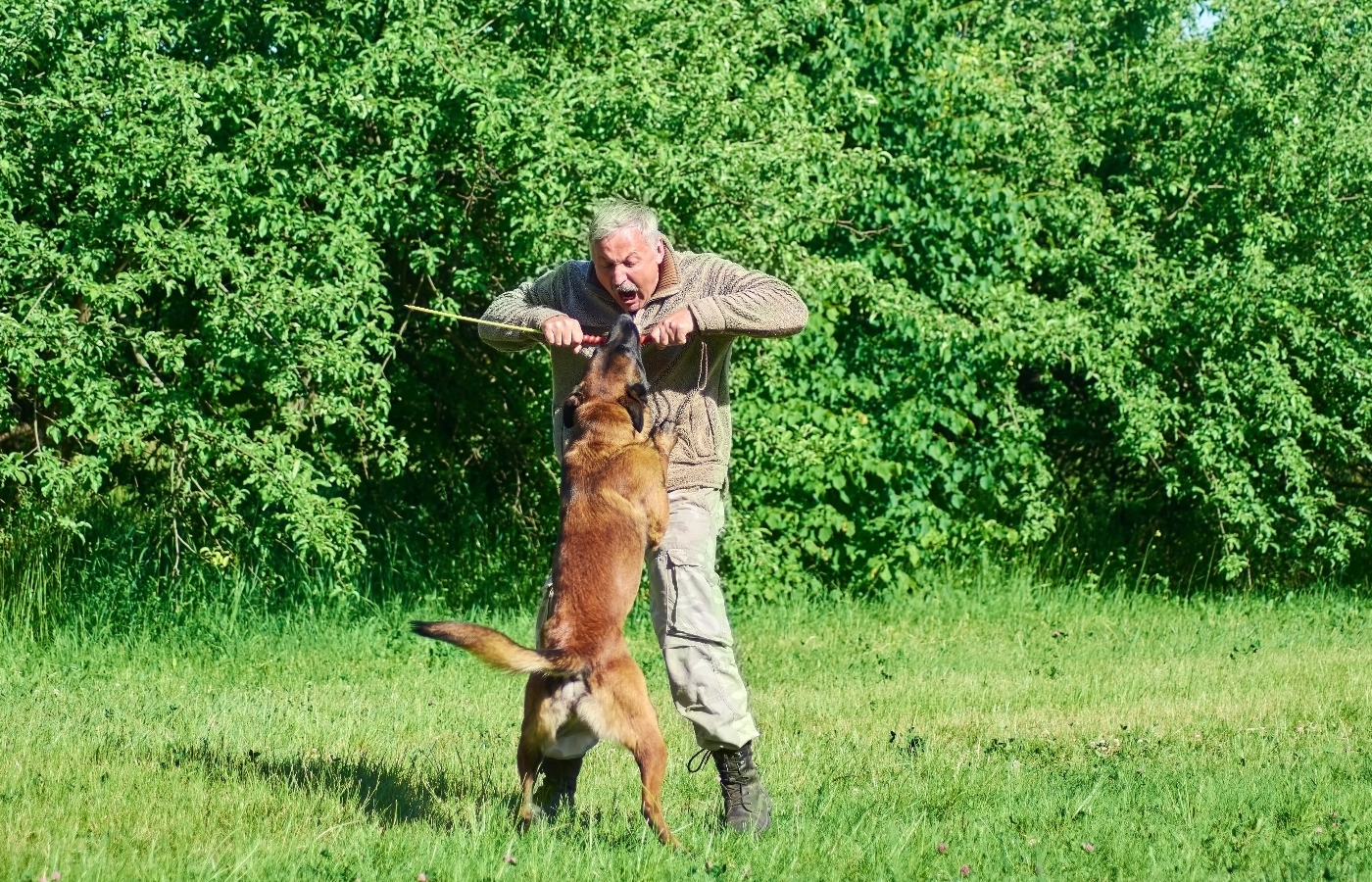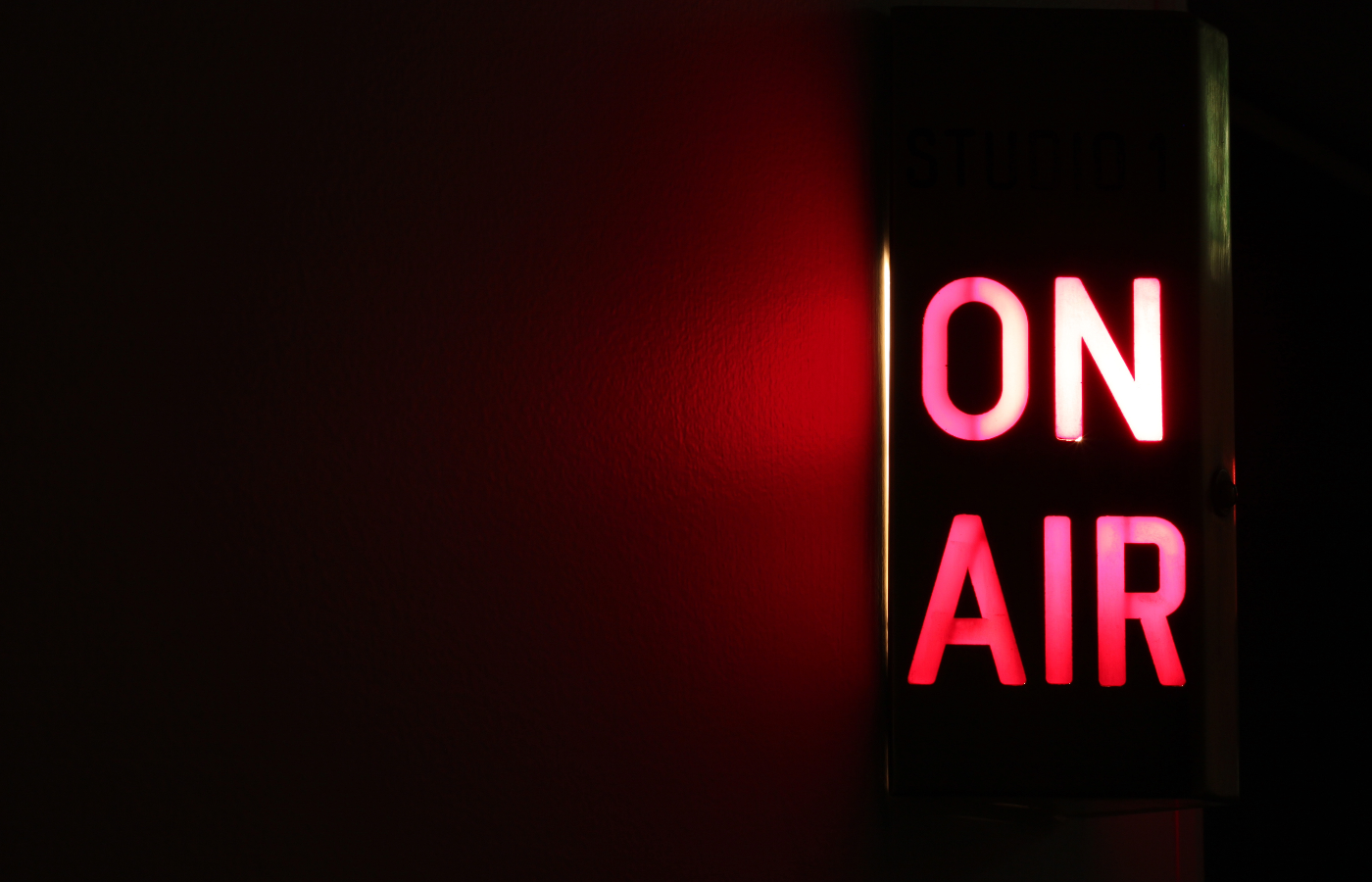The Different Types of PR. A definitive guide to what channels of communication are available.
What is PR? How long have you got? As a broadcast journalist, slipping over to the other side with a new job in public relations, I naively thought PR was a simple concept. It was about getting a client on radio or television, right?
Wrong. Twenty years later and I have upmost respect for my peers who work in all other sectors of public relations. Each has their own requirements and skills to do the job; each achieves different goals for their clients.
Public relations (PR) is based on strategy – managing how information about a brand or company is communicated to the public, and more importantly the media. Typically PR is used to launch a campaign, share company news and on occasion to put a positive spin on negative news to minimise fallout.
We all, however, share a single aim. When working in PR we are enhancing and sometimes protecting a brand or an organisation or an individual’s reputation. Whoever the client is, their reputation is built – or sometimes destroyed – by the relationships the client has. Relationships with stakeholders, customers, the public, government or the media; these relationships are the bedrock of reputation.
The different types of PR channels
This guide looks at the different types of PR available. Of course, as broadcast specialists, we’re going to favour radio and television. But broadcast PR can sit alongside any of the other PR channels available too.
Let’s have a look at what they are.
1. Strategic Communications
Frankly all PR activity should be strategic. A reason for undertaking a public relations campaign should be the foundation of any PR work. At the start of any activity you need to ask the questions: Why are we doing this? What do we hope to achieve?
When using this type of PR in our broadcast campaigns we drill down even further and request clients choose the two things most important to them, about radio and/or television opportunities, from the following:
| Number of interviews | Quality of interviews | Brand mentions | Key messages communicated | Reach of
Station |
For years the PR industry has been debating how best to measure the success of a campaign. As we know, AVEs (advertising equivalents) have been discredited; instead success is based on an end goal. For many brands this equates to an increase in profits, but that’s not the only measure. Success might also mean a growth in brand awareness, or thought leadership. Every business or individual who invests in public relations has a different goal and a clear and firm strategy should underpin this.
2. Media relations
This type of PR is the coal face of public relations. You’ve got the campaign idea, you know what you want to achieve from the activity, now you have to put those things in motion, persuading journalists they’d like to cover your story, be it in print, online or on broadcast (see below).
In most cases you are competing with organic news to do this. Occasionally you can suggest a feature to a journalist but the best chance of coverage for a PR story is in the news. Journalists have column inches and minutes to fill and, a decent story, with a strong top line presented in a good way, has a chance.
Currently the problem is that the news agenda has been so busy. The last three years, beginning with Coronavirus, have been unprecedented, so it takes skill, excellent writing and brilliant contacts to make the cut through.
How do you do that?
Fortunately, variety is the spice of life. Significant though organic news stories might be, they are so often bad news. And journalists will look for lighter content to complement the breaking news. Phew! That means there is nearly always space for PR content. That said competition for space online, in print and on-air is still tight, so it’s worth presenting a campaign the way a journalist likes it.
Try these top tips:
- Journalists want a new story for the news. A cynical journalist may say there’s no such thing as that, but the very least they need is a new twist on an old story. Pegging a story to a particular helps. If news is new, then no one wants to risk a story that has already been used. Embargo it too. As broadcast PR specialists we always recommend setting an embargo to 00:01. That means the story can be picked up for the breakfast shows and their large audiences.
- Less is often more. Being able to sum up the nub of the story in a single sentence means a journalist can decide quickly and easily whether they’re interested. Print and online press releases can afford to be lengthier than broadcast ones, but even then you should keep to the facts and a couple of quotes. If a journalist is interested and they want more information they’ll ask! Better that than you swamp then with superfluous content, and put them off.
- Try the “so what” test. When I worked as a journalist we talked about the pub or water cooler story. That meant a story that was sufficiently interesting that you’d remember it and want to tell other people about it. Sadly, not every piece of PR content cuts the mustard and our industry can be guilty of peddling really boring stories. If you look at the top line of a research story and it doesn’t make you sit up with interest then it has probably failed the “so what” test.
Another way of looking at it is: man bites dog. That’s so much better than dog bites man, on several levels! It immediately begs the question WHY did the man do that? Was he attacked by the dog? Was the man mad? What were the circumstances.
Journalists say that news is about information, education and entertainment. For me that’s debatably in the wrong order. If we’re not engaged (entertained) then we’re not going to follow the story through. The “so what” test passmark is high and the PR industry doesn’t always pass it!

Broadcast media relations
As a specialist broadcast PR agency we do, of course, want to give a special nod to radio and television. Like print and online media relations this type of PR involves securing coverage for clients on the news and in daytime programming, which can be more feature or topic led.
What can you expect?
Great for brand awareness, radio and television stations can reach massive audiences, but campaigns can be targeted to particular sectors of the population too, for example predominantly male or female, or young or older.
As with print, you can’t expect an advert, but we would negotiate at least one brand mention and coach you so that you incorporate further key messages into your interview answers.
A broadcast campaign can potentially demand more of a spokesperson. That’s because with radio we will guarantee a minimum of 10-12 opportunities. Given most broadcast interviews happen live, lasting anything from a couple of ten minutes, you need to allow the best part of a day to complete them. Add into the mix television and your day has probably started at dawn, particularly if you’re required to go into a TV studio.
Which PR stories work for broadcast?
The brilliant thing about broadcast PR is that it works for so many different types of stories. For television, great pictures can carry the thinnest of stories. Think about commissioning a B-roll too. B-roll is 6-8 minutes of roughly edited video footage that supports your story; it’s distributed free of charge and any copyright issues to broadcast journalists in the knowledge that, offered two stories and one comes with B-roll, they’re much more likely to take the content with the video. For more about B-roll click here.
Research stories meanwhile work much better for radio. Whilst television struggles to illustrate most research stories, radio loves topicality and a good old chat. Make sure your research story has passed the above “so-what” test first though. Many don’t!!
Crisis management
A client I was media training ahead of a large event taking place in the Middle East, recently said to me, “Of course, this is the training you hope you’re never going to have to put into practise.” And the best crisis management is.
This type of PR is the process of preparing for, managing and limiting damage to a company or a person’s reputation. In other words you are anticipating worst case scenarios that could potential happen, before working out how to deal with them. The goal is to create a step by step plan of what to do when the worst happens.
That’s so much better than waiting for a crisis to happen and then, under the pressure of time, having to make snap decisions.
Crisis management is an essential type of PR that all public relations experts will encounter one day. The best crisis management training will include:
- Identifying the people who are going to mind. This could include shareholders, employees and customers. But it might involve the wider community and a macro level, such as government, too.
- Thinking compassionately. It’s not just about the money, it’s about the people. Sometimes these groups have different interests and it’s a balancing act. For example, a company making redundancies may be placating shareholders by saving money, but they’ve also got to think about the local community, which includes the people who’ve just lost their jobs.
- What to do when a crisis breaks. Who needs to know? Where’s the list of contacts – from the CEO, to comms, to HR and more. Different sorts of crisis might involve different people and lists might need to evolve accordingly.
Public affairs
The PRCA defines public affairs as “activities which are carried out in the course of a business for the purpose of— (a) influencing government, or
(b) advising others how to influence government.
Obviously such practises can overlap with other types of PR channels, including media relations and crisis management. You can however make some assumptions as to where MPs, council officials, civil servants and think tanks might get their news.
BBC Radio 4’s Today programme is a good place to start. It still sets the news agenda for the day and it’s “big” interview at 0710 and 0810 is often filled by a government or opposition spokesperson. Other talk programmes on Radio 4, such as The World At One, PM at 1700 or the World Tonight are also contenders, as is Channel 4 News, Newsnight and the Sunday political programmes on Sky News and BBC One.
But public affairs can filter down to grassroots level, meaning, story dependent, that a radio day and/or regional television coverage should not be ruled out
Community relations
So many different types of PR channels overlap each other and public affairs can easily filter into community relations in this way. Thank goodness then for the very local radio station. If you really want to get down to this level you have hundreds of stations you can potentially target.
At Shout! Communications we have labelled these stations as Level 4. Their audiences are small – they’ll have a reach of under 50-thousand people, therefore too small for us to include in a regular radio day. They do however have audiences very interested in local stories; they’re less sensitive to over-branding, unlike their larger counterparts, and they are often very generous with the amount of air-time they allow a story.
For more about community radio stations and how we can help you reach them click HERE.
Internal communications
As the poet Maya Angelou once said: “I’ve learned that people will forget what you said, people will forget what you did, but people will never forget how you made them feel.” And that’s really the nub of internal comms, making people feel as good as possible.
That said, internal comms is not a closed shop. No matter how good how internal comms, your target audience is also hearing news from the outside. All of the different types of PR channels therefore must be aligned. You might be a specialist in one specific PR channel but your audience could be hearing you from several.
We are specialists in broadcast media relations, but also media train spokespeople and produce video and audio content. If you’d like to hear more email hello@shoutcommunications.co..ukor call one of the team on 020 7240 7373.
Photos by Roman Kraft, Glenn Carstens-Peters, Eric Nopanen and Grant on UnSplash.com
Written by Shout! Communications co-founder, Keren Haynes




